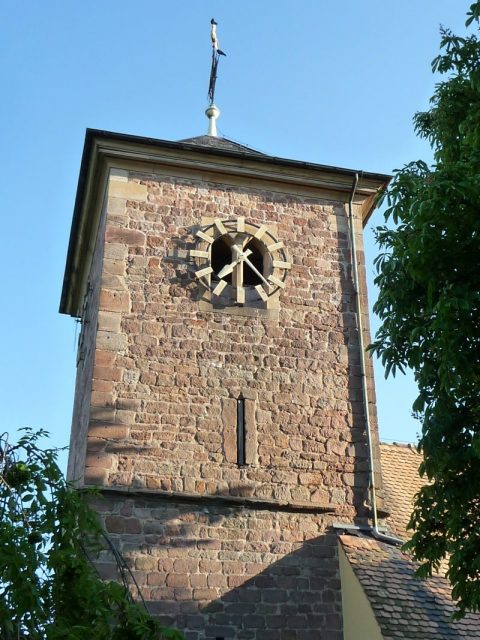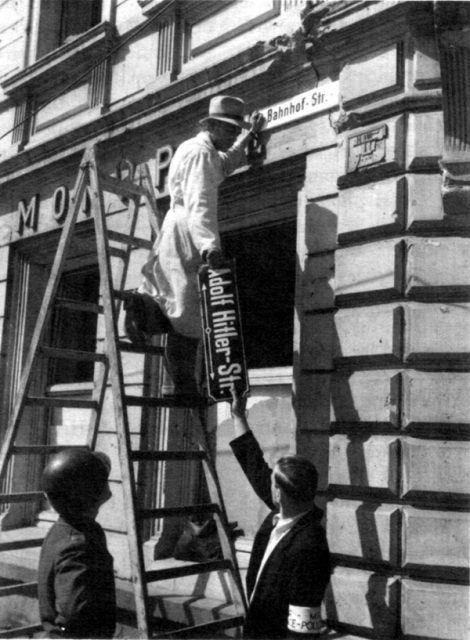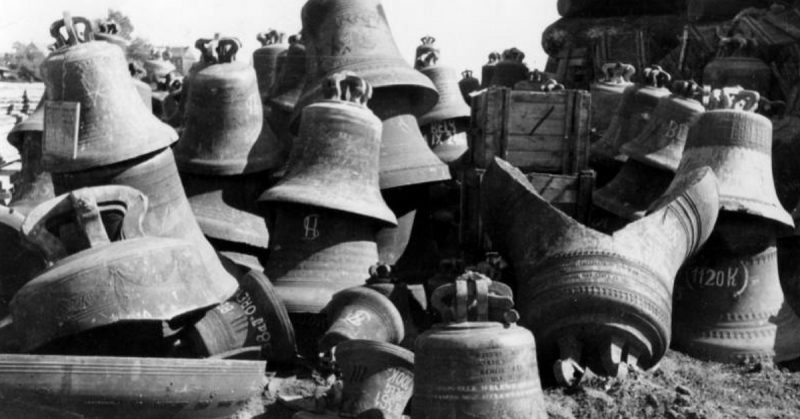It is rare to find any monuments praising the Nazi’s, or their charismatic leader Adolf Hitler, in Germany these days, indeed most were removed during the Allied doctrine of denazification, following their occupation of Germany at the end of the Second World War. The people of one small town in the country, however, have elected time and time again to maintain one relic of the long since defeated regime.
Located in the steeple of their local church, the relic is not a monument or statue, not a wall or golden horde, but in fact, the church bell that rings out on Sundays. The bell, which is dedicated to Adolf Hitler, widely considered to be one of the evilest men to have ever lived, has been a feature in the town for over 70 years. It remains one of the last memorials to the Nazi leader found in Germany in the modern day, both because of the forced removal of Nazi artifacts following the war, and public disgust with the former ruling party’s actions.

The town, known as Herxheim am Berg, located in the country’s south-west, is unique for the fact that its bell has remained in its Protestant church, even though most others like it in the country, were removed during Denazification. The bell bears the inscription of the typical for that era Nazi swastika, followed by the quote “Everything for the Fatherland-Adolf Hitler”, and serves as a memorial to the former Chancellor.
As reported by the German newsgroup DPA, the most recent vote on whether or not to keep the bell, resulted in a clear majority for maintaining the memorial, with a 10-3 margin in favor, further marking the town as unique in a country now so eager to forget the past. Indeed, even the image of the swastika and Hitler have been banned in German media and entertainment. The bell itself was installed in 1934, and votes to replace it, even after the government and church authority have offered to fund an effort for replacement, have all failed.
Contributing to this mindset may have been the results of a study, conducted some years before, that surmised replacing the bell would be like fleeing from the past and pretending that Germany did not play the roles it did in the Second World War. The study also made recommendations for some compromise, such as getting a plaque to explain the bells presence, or placing it in a museum.

Like the debate currently raging in the United States, a vital member of the Allies, over Confederate monuments, the discussion about the removal of the bell has sparked dialogue in Germany, over how to handle the relics of the Nazi past, and whether they are to be removed or preserved. This debate comes as part of a broader ongoing talk about the Nazi past of the country, and how severely it needs to be repressed or embraced in both schools and the public eye.
Indeed, some members of the small community that the bell calls home, have become very concerned as to what keeping the memorial would do to the village’s reputation. Many members of the small community have spoken out in favor of removing it as a point of principle, while others were known to have applauded when the decision to keep the Nazi Bell was announced. It even seems that the applauding heard reflected the mood of the majority in the village, due to the margin of the vote to keep the bell being almost 330% that of those to remove it.
